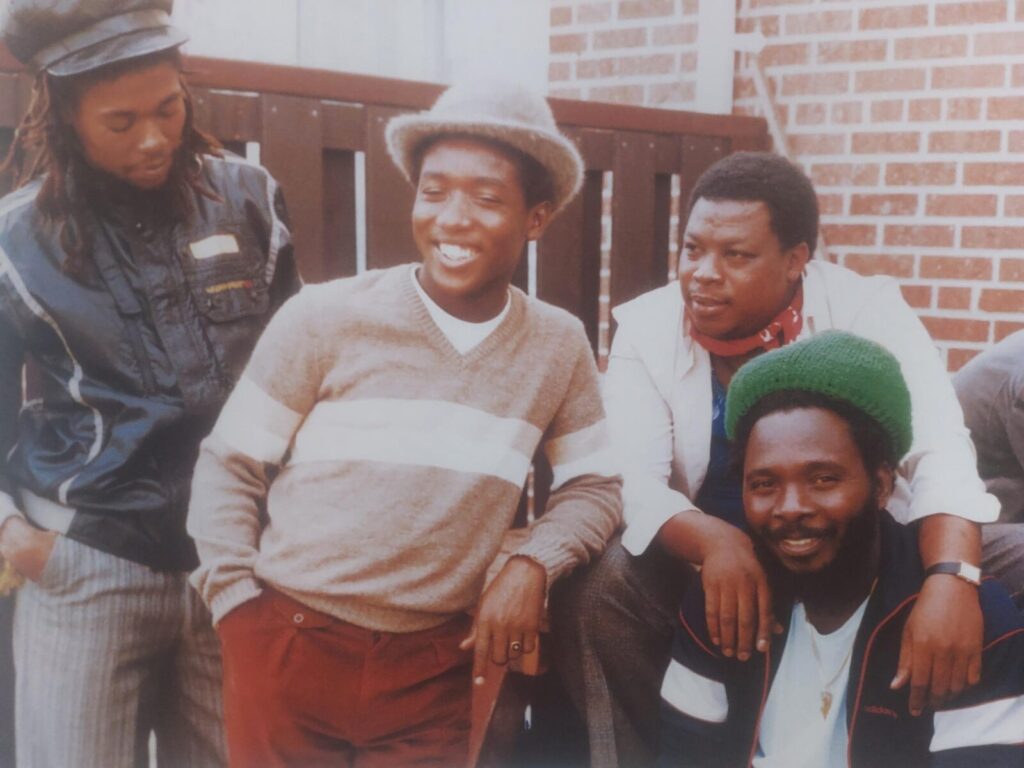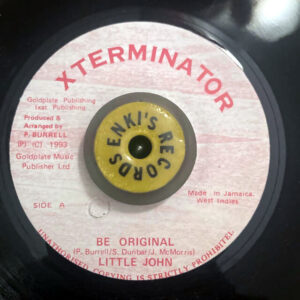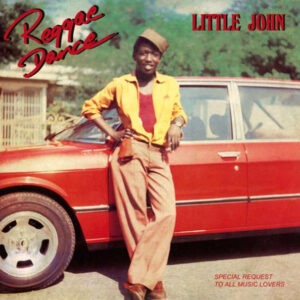“When you talk about Dancehall you have to talk about me; I am the founder. Even now they are talking about Dancehall, those artists nowadays not dancehall really. They need to know who is the founder for this thing; People need to know; They want to know.”
Little John (John McMorris) asserts his place as one of the original dancehall singers. Hailing from the “University of Dancehall” – Sugar Minott’s Black Roots / Youth Promotion Organization, John was just eight when he first approached Sugar Minott.
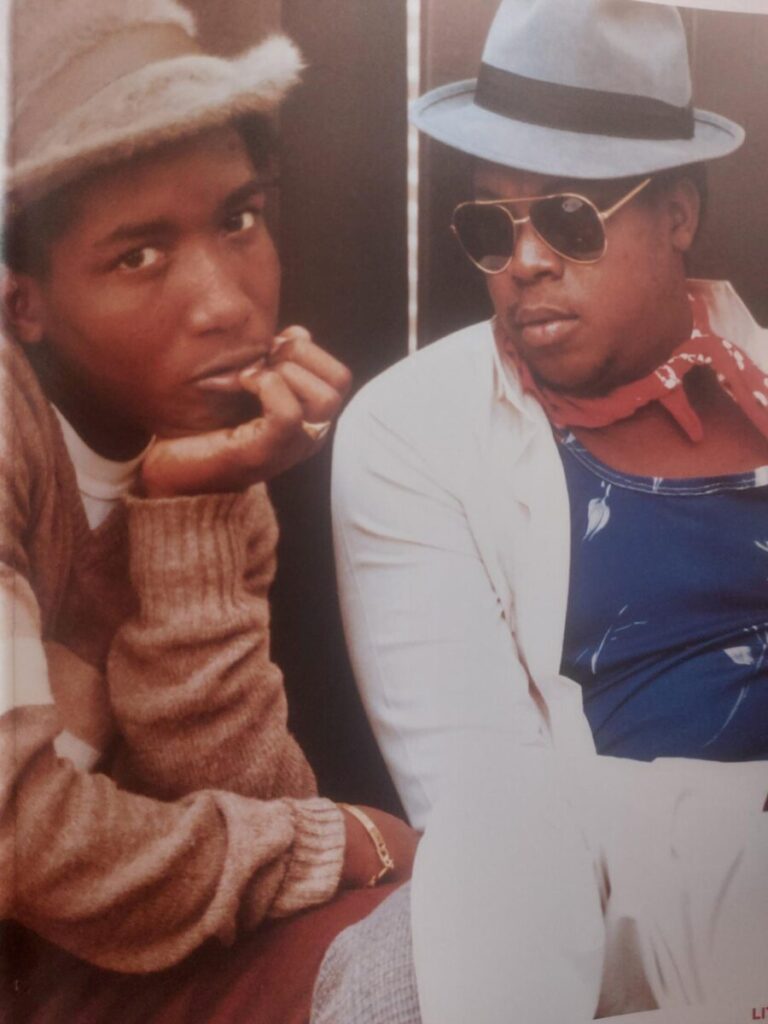
“My Voice sound like a real baby,” he recalls. His initial record, “51 Storm,” was made with Captain Sinbad (Carl Dwyer) and released on the Youth in Progress Label. Though Little John’s contribution was minor, it marked the beginning of his career.
John later collaborated with Jah Bible, a prominent producer for Greenwich Farm artists, where he recorded “What Is Catty” and “Wait til I Put on my Robe,” early examples of the dancehall vocal style. By the late 1970s, Little John had mastered the rub-a-dub style.
Little John credits Jah Thomas as the one who truly discovered and launched him, especially with the 1982 track “Me Nah No Luck in this ya gambling,” a version of ‘Dee Jay Lyrics’.
However, the song that truly established him was “Look How They Work Us So Hard,” recorded at Channel One. This track became a hit through extensive sound system play even before its official release.
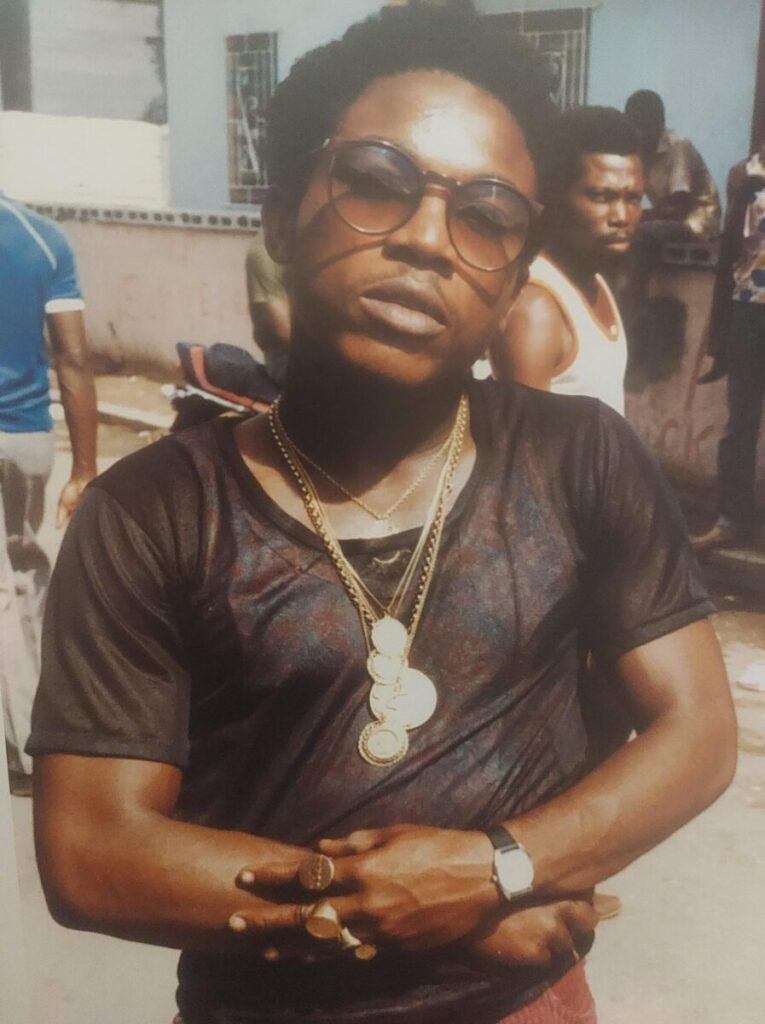
Known for his appeal to female fans, Little John noted, “Me is a Girl singer. Me sing for the girls! From the girls react to it, any man can react to it.” His performances often drew large female audiences, captivated by his youthful charm and charisma.
Throughout the 1980s, Little John continued to produce hits with various producers. His notable tracks include ‘Clarke’s Booties’ for Jammy, ‘Roots Girl’ and ‘True Confession’ for George Phang, ‘Worries and Troubles’ for Black Scorpio, ‘Spin You Roll’ on Dynamite, and ‘Say What You’re Saying’ for Jah Thomas.
Reflecting on his prolific recording sessions, he said, “In those times I do three, four albums at one time because I was so lyrically inclined then. Sometimes you deh inna the studio for weeks and you don’t see out a road.”
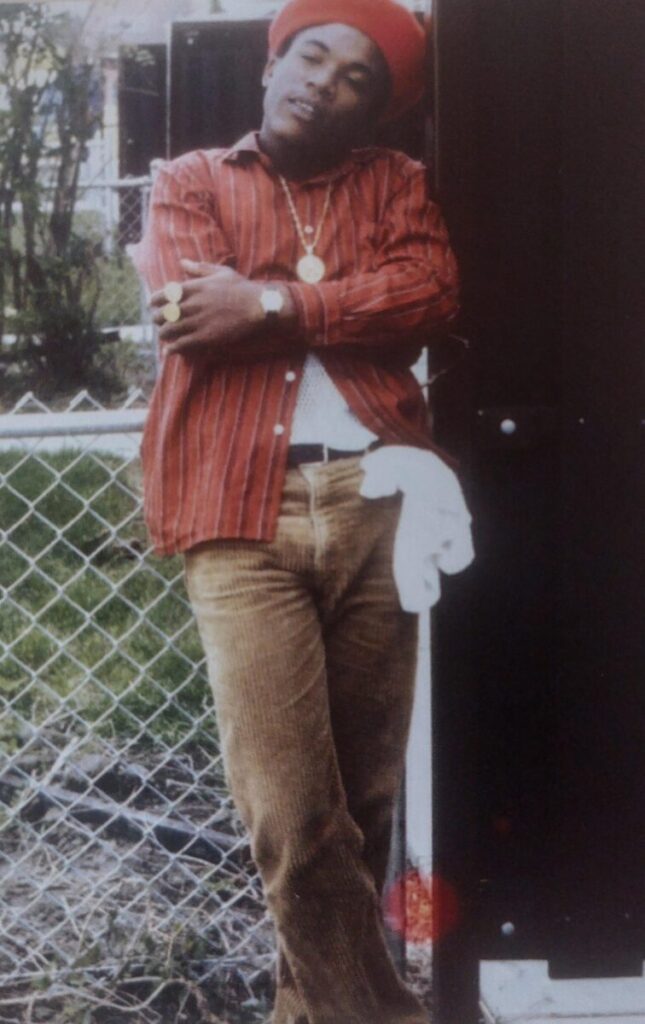
John often traveled around Kingston with fellow artist Toyan (Byron Letts). They were a familiar sight, with Toyan on his motorcycle and Little John on the back.
They collaborated closely, even sharing lyrics, as Little John fondly recalls: “Toyan was like my father in a sense, because he was a little bit older than I am but him used to guide me, in the fraternity. Him see me have potential and he have me behind him. Everywhere that I go in the world, it’s me and Toyan!”
Toyan, who grew up in the Spanish Town Road area, was first produced by Don Mais but gained fame with his 1981 album “How The West Was Won,” released by Junjo Lawes. This album was a hit in the UK, elevating Toyan to superstar status abroad. Greensleeves, pleased with the album’s success, began releasing more of the new music Toyan was producing in Jamaica, like Little John’s ‘Janet Sinclair’.
Unfortunately, Toyan’s life was cut short in 1991 by gun violence, a tragedy that Little John partially blames on the music industry’s influence:
“If you check the song now, to the songs they were doing then [in the 70s and 80s] – all these songs they are doing now is just violence. We used to make peace. When a man say him “bad” in the dance, we sing song and calm him and make him see, well then, listen, you don’t need to be bad. All you have fe do is just live it up. Those deejays and singers now, they are telling people ‘man fe dead, man de this’, the children learn and grow with that kind of anger in them.”
To address this issue, Little John built a home studio and began nurturing local talent. After a hiatus from performing, he returned to the concert scene in 2005.
With his extroverted nature and boundless energy, Little John continues to captivate audiences. Despite no longer being “little,” he remains beloved by fans, especially the girls, who still adore him and his music.
Source: The rise of Jamaica Dancehall Culture by Beth Lesser
Photos by Beth Lesser

